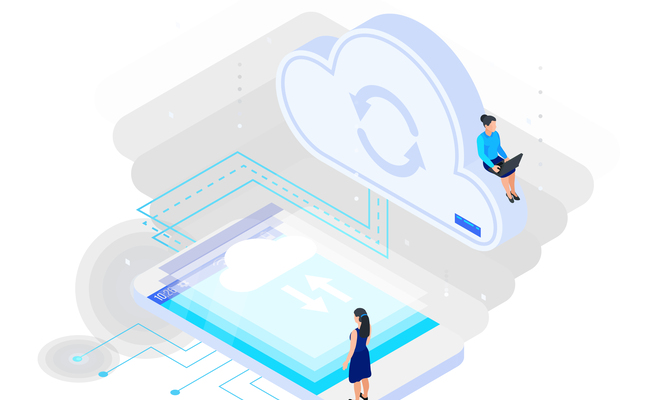As we maneuver through the complexities of the digital world, the security of our cloud network becomes more than just a priority—it’s essential for protecting what matters most to us. Whether you’re a business owner, IT professional, or just someone concerned about data privacy, recognizing and neutralizing threats is key to keeping your information safe. In this guide, I’ll show you how to strengthen your cloud defenses, pinpoint vulnerabilities, and keep a vigilant eye on your network. Together, we’ll build a robust security system that guards against the sophisticated cyber threats of today. Let’s get started on securing your cloud network with confidence.

Securing Your Cloud: A Personal Guide to Identifying and Blocking Threats
With the rise of cloud computing, the complexity of security threats has also increased. Many users aren’t even aware when their systems are compromised, potentially engaging in harmful activities like data theft and botnet operations—a risk often overlooked by traditional security measures. At Prosimo, we’re committed to the idea that the safest network is one that’s fully controlled by you, integrated right into the architecture of your network.
During our upcoming TechTalk, we’ll dive into the advantages of utilizing a multi-cloud native network security strategy. This approach empowers each network node to perform detailed traffic inspections and take appropriate actions to mitigate risks. We’re excited to introduce you to how Prosimo enhances network security seamlessly across your cloud environments.
Join us as we explore the capabilities of Prosimo ThreatIQ with ThreatGuard, which not only complements your existing security setups but also adds a crucial layer of protection. We’ll share insights from real customers who have successfully thwarted data exfiltration and other malicious activities using our solutions. Plus, don’t miss our live demo where we’ll demonstrate how ThreatIQ with ThreatGuard employs a cloud-centric approach to ensure your network is as secure as possible.
Frequently Asked Questions
Q: What are the primary threats to cloud network security today?
A: Cloud networks are primarily threatened by data breaches, unauthorized access, malware attacks, and DDoS (Distributed Denial of Service) attacks. The increasing sophistication of cyber criminals means it’s essential to stay vigilant and continuously update security measures to protect sensitive information.
Q: How can I identify vulnerabilities in my cloud network?
A: Identifying vulnerabilities typically involves conducting regular security audits, using penetration testing to simulate attacks and identify weak points, and employing advanced security tools that provide real-time monitoring and alerts for unusual activities. These methods help pinpoint where your cloud network could be improved to resist attacks.
Q: What is Prosimo ThreatIQ with ThreatGuard, and how does it enhance cloud security?
A: Prosimo ThreatIQ with ThreatGuard is a security solution designed to integrate seamlessly with your cloud infrastructure. It enhances cloud security by providing real-time threat detection, automated response capabilities, and detailed traffic inspection and enforcement at every network node. This ensures a proactive defense against a variety of cyber threats.
Q: Can Prosimo ThreatIQ with ThreatGuard be integrated with existing security systems?
A: Yes, Prosimo ThreatIQ with ThreatGuard is designed to complement and enhance existing security solutions. It integrates easily with your current security infrastructure, adding an extra layer of protection and making your overall security setup more robust and effective against emerging threats.
Q: How often should I review and update my cloud security measures?
A: It’s recommended to review and update your cloud security measures regularly—at least quarterly. However, constant monitoring for new vulnerabilities and threats should be a continuous process. Updates might be necessary more frequently depending on the nature of the data you are protecting and the evolving landscape of cyber threats.
